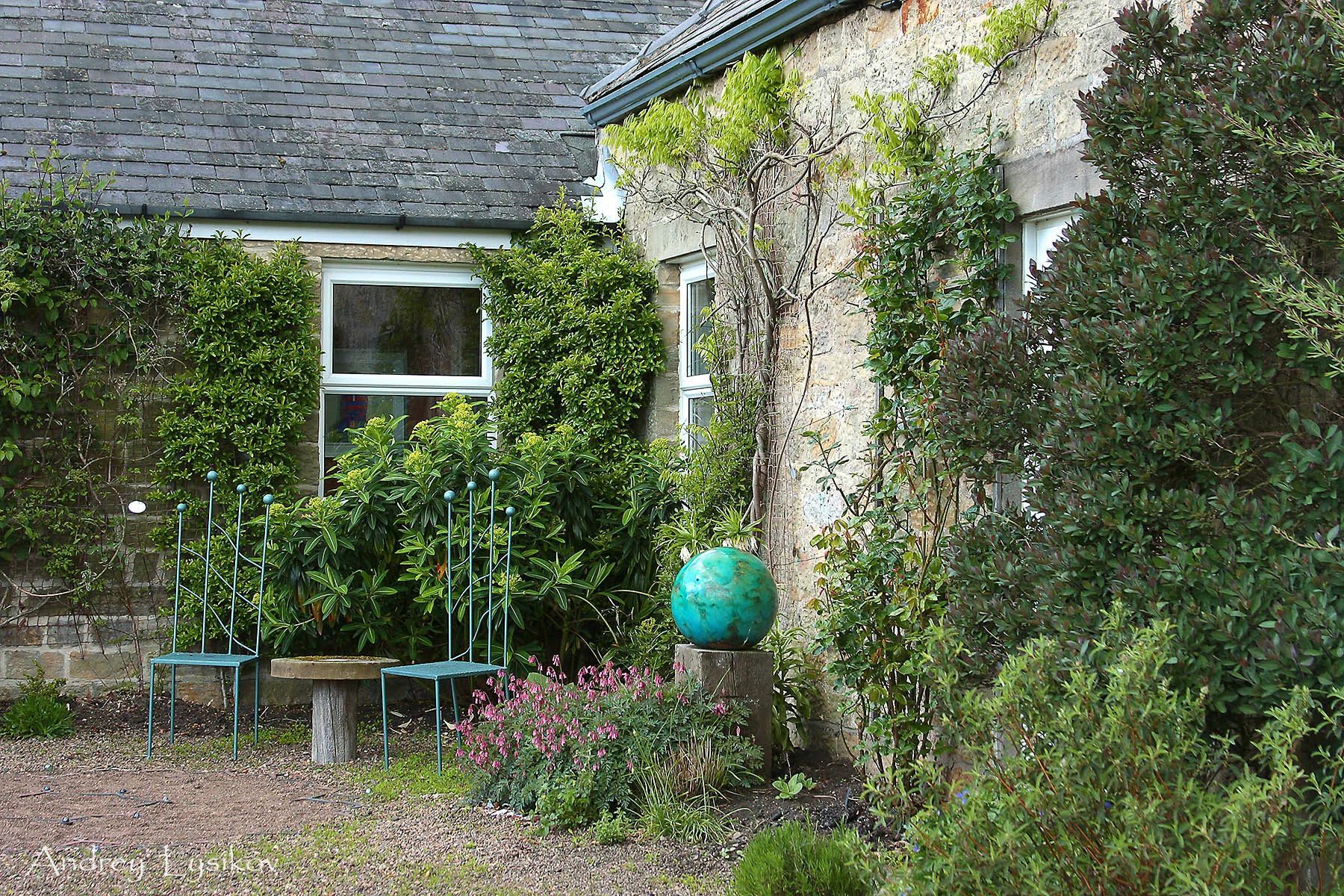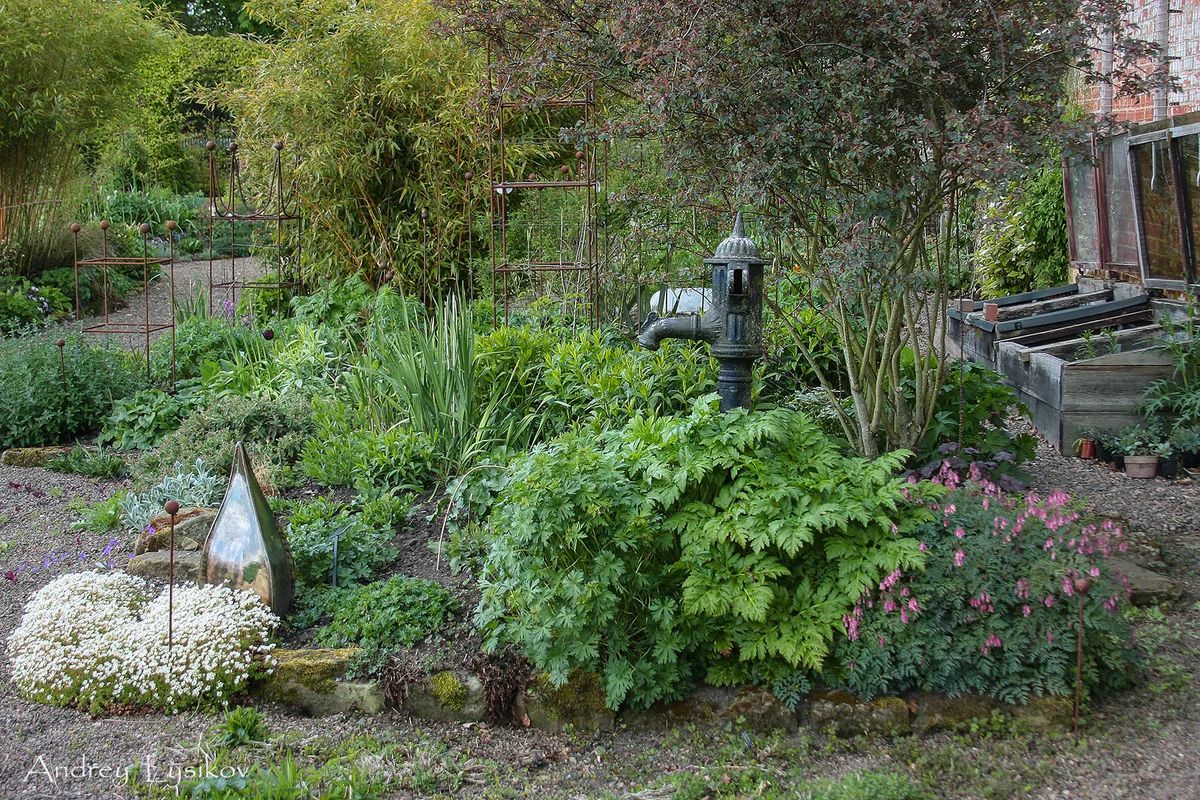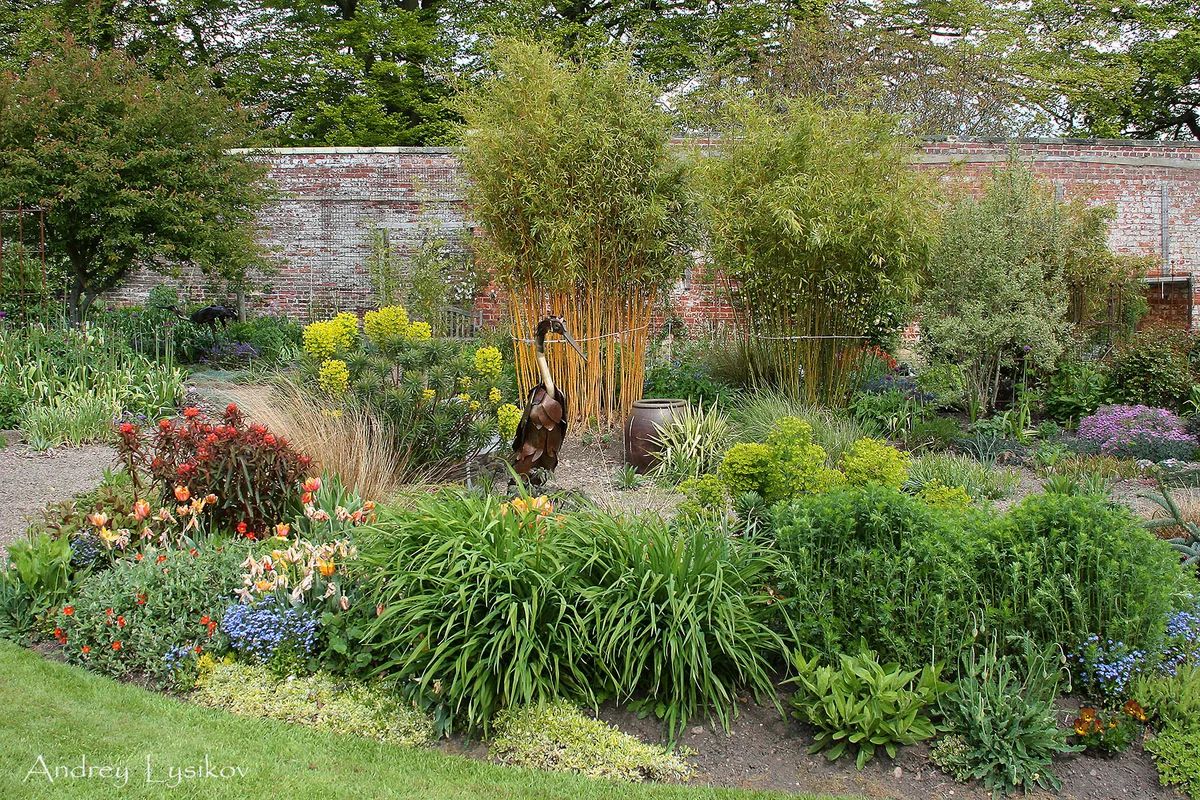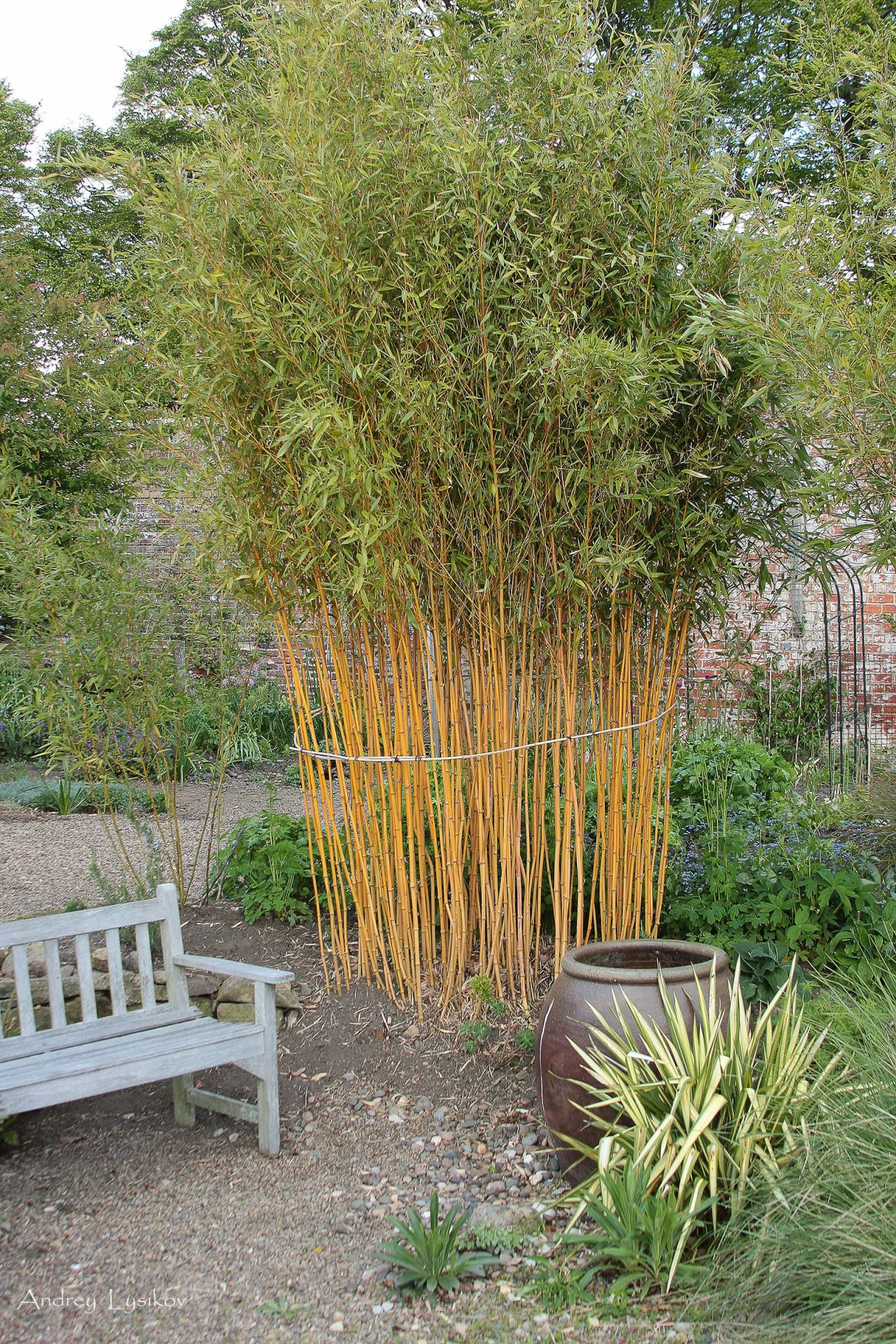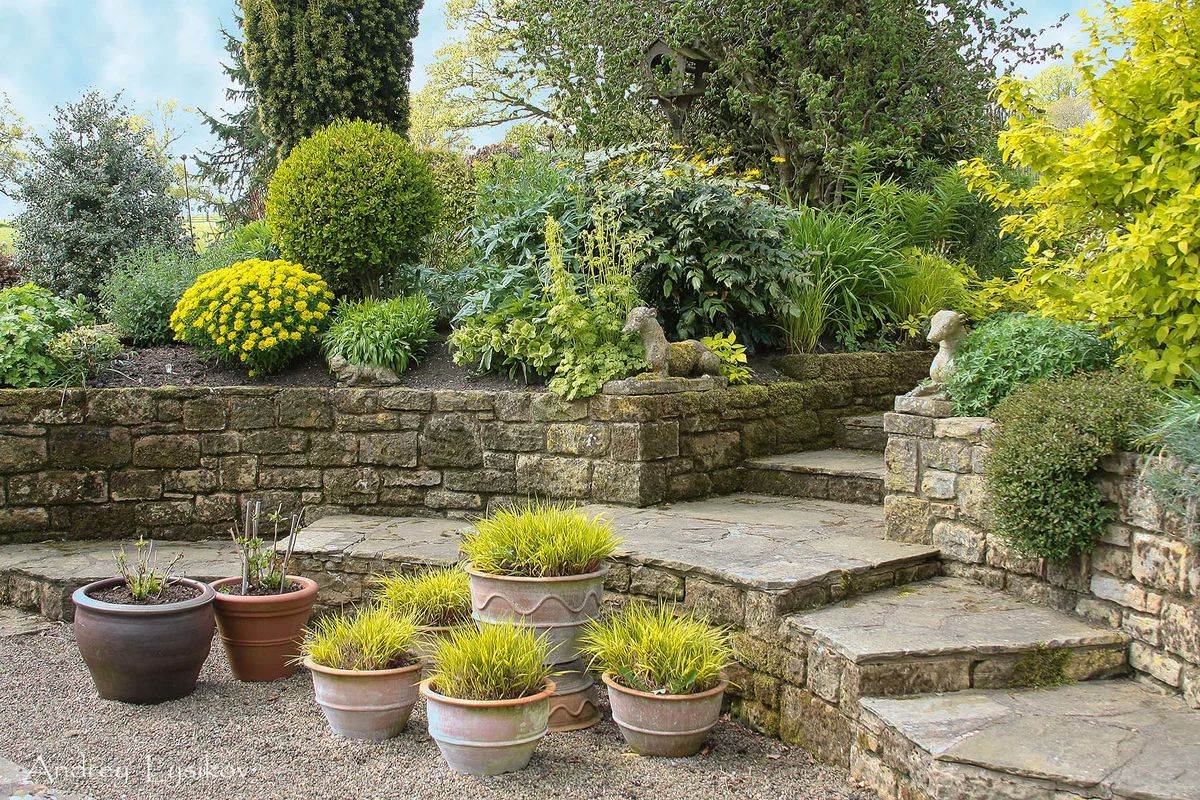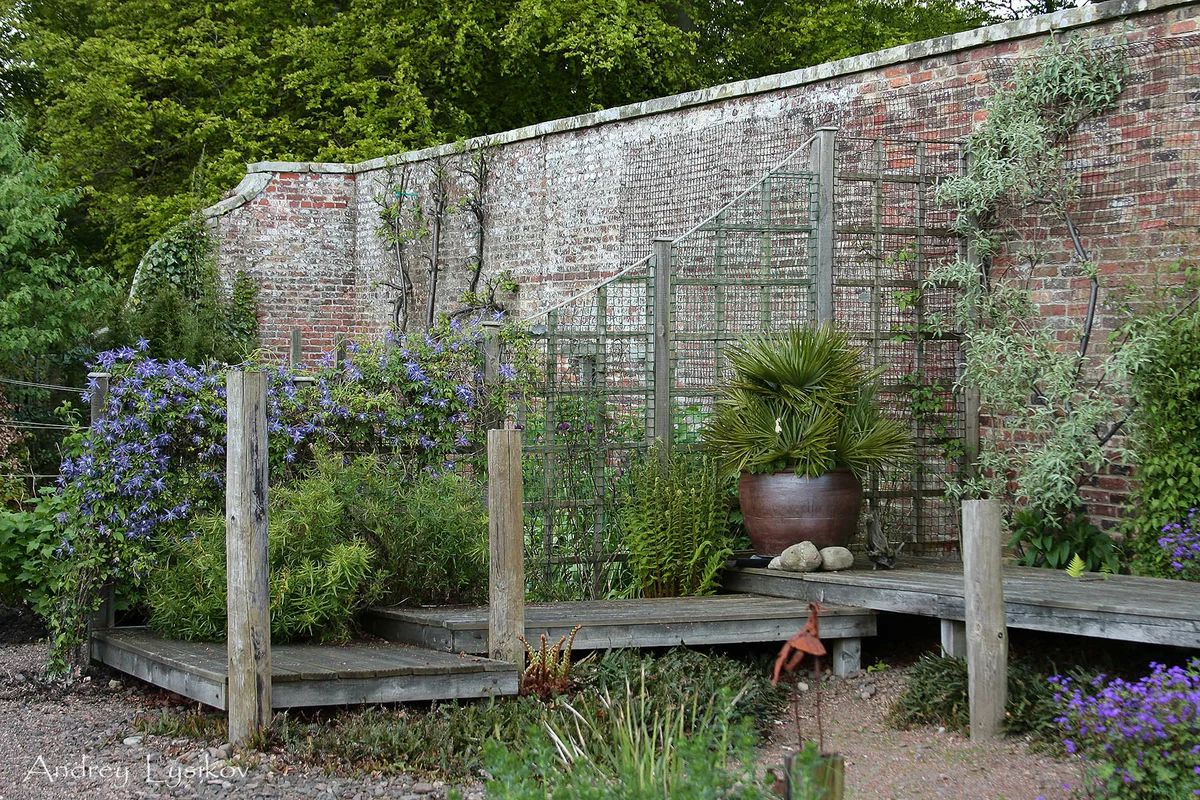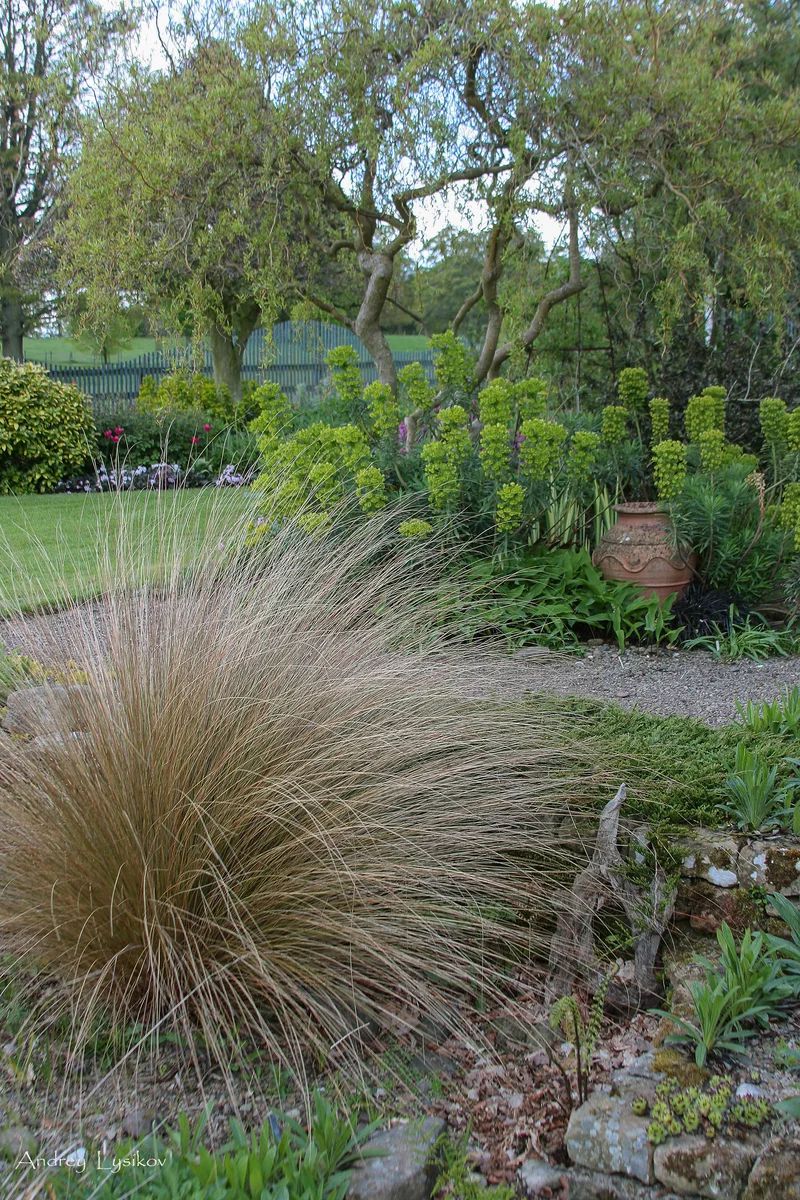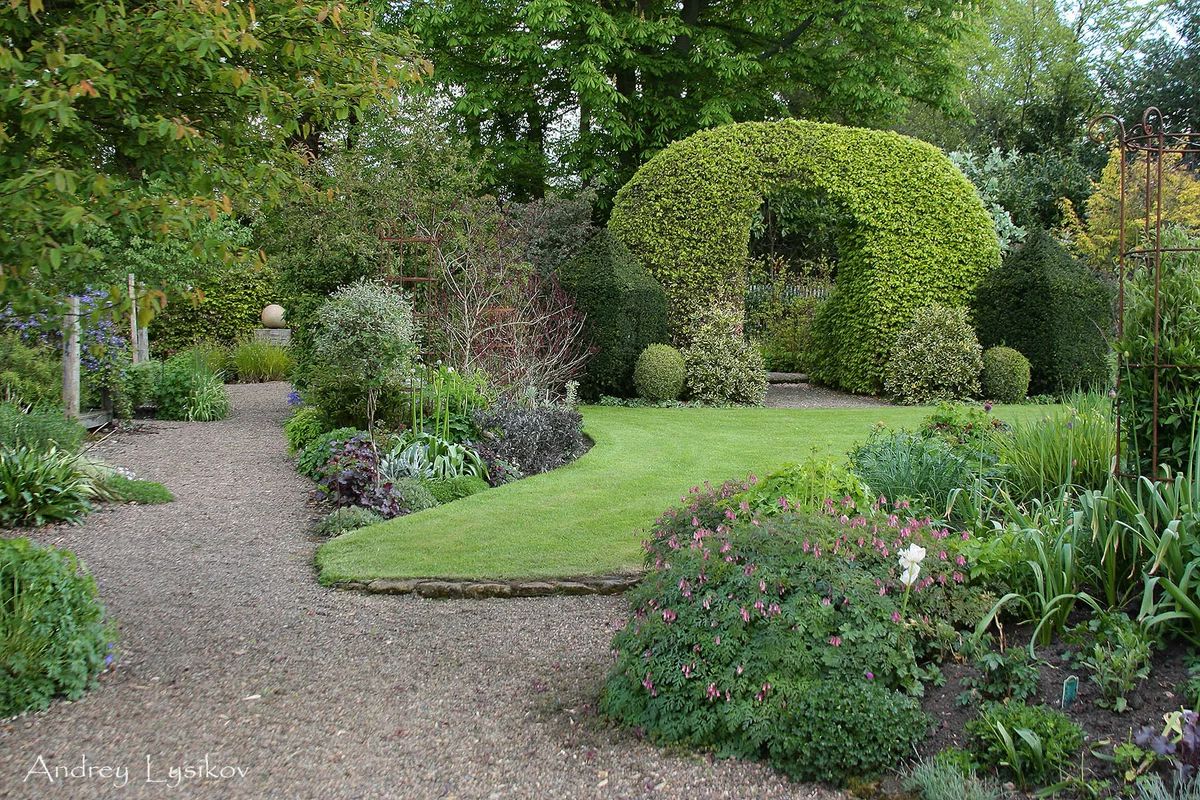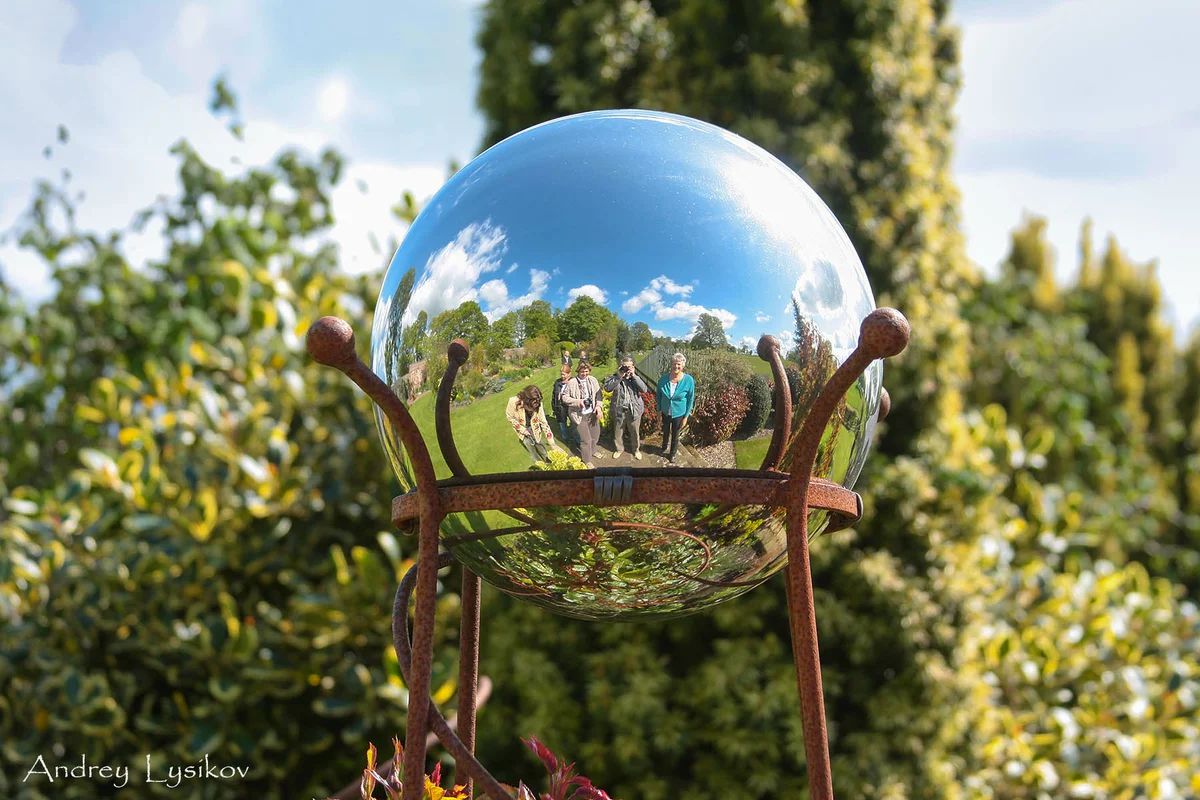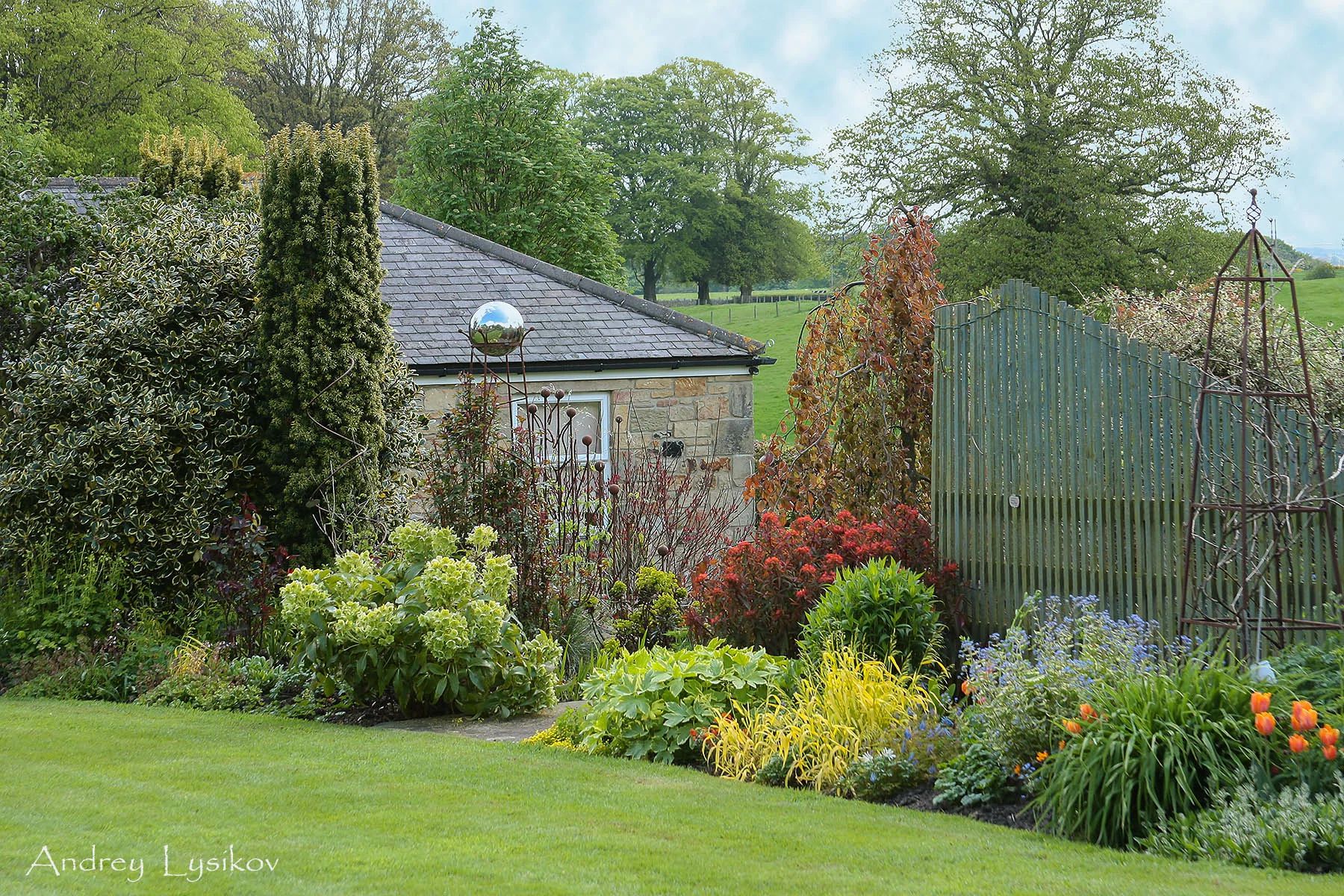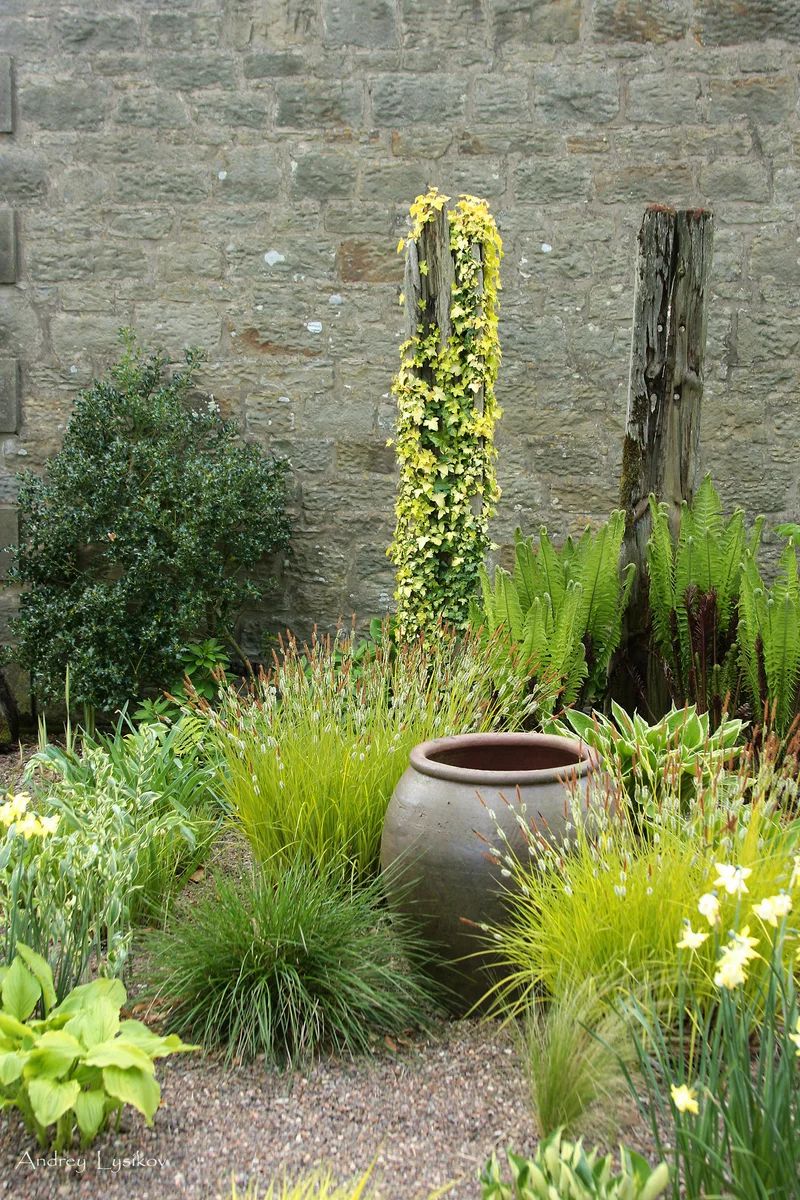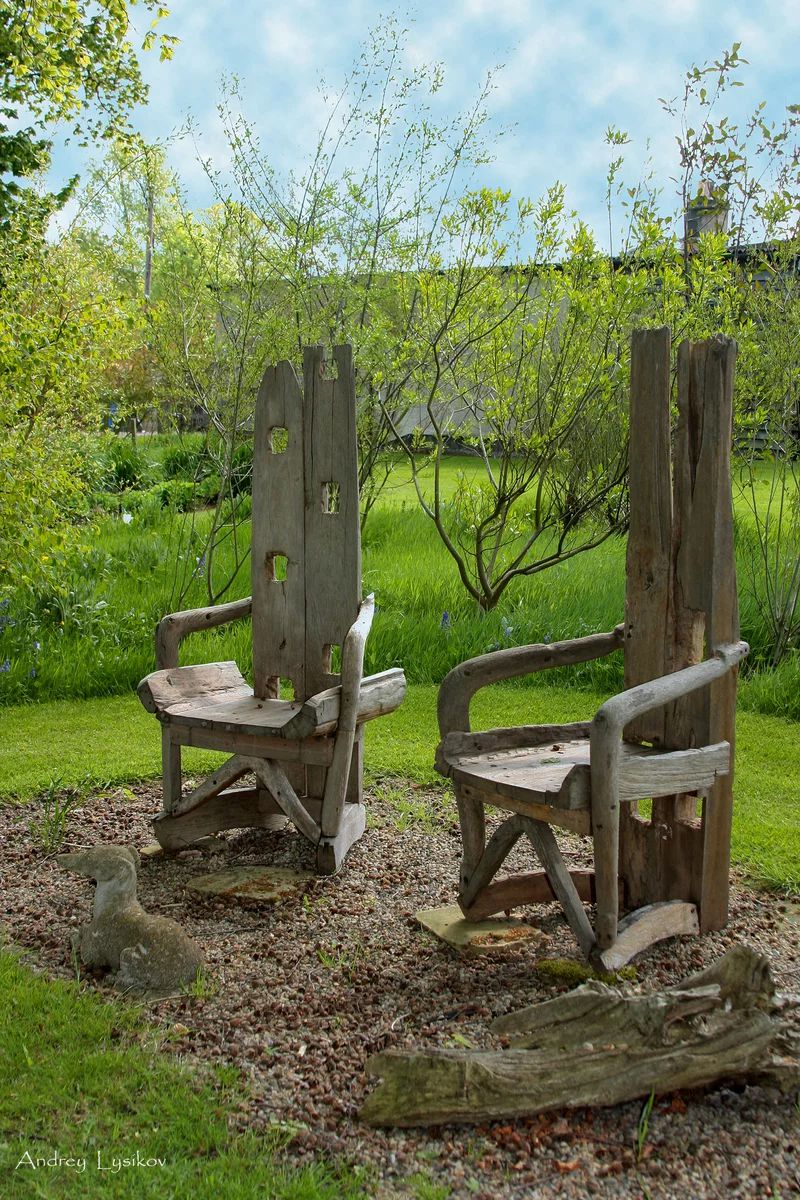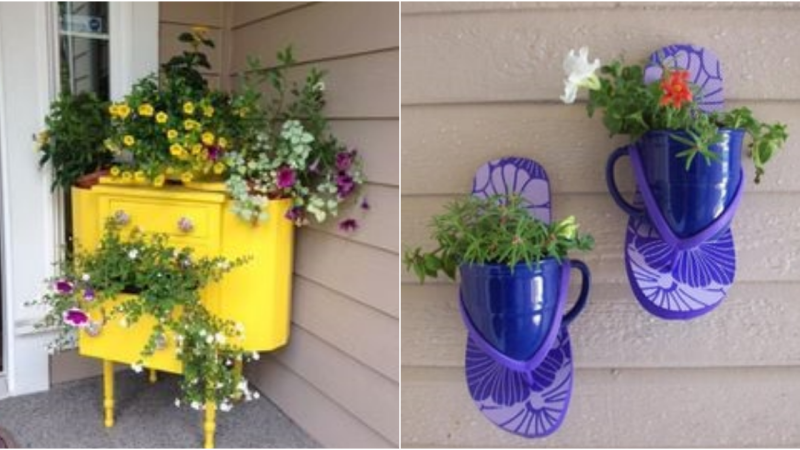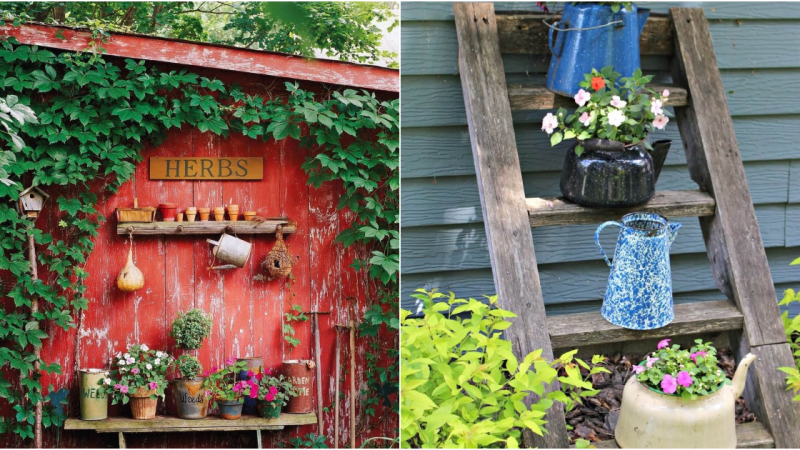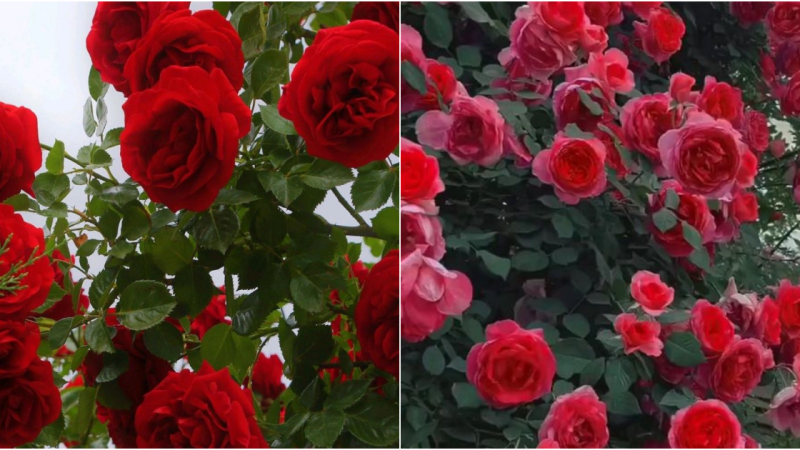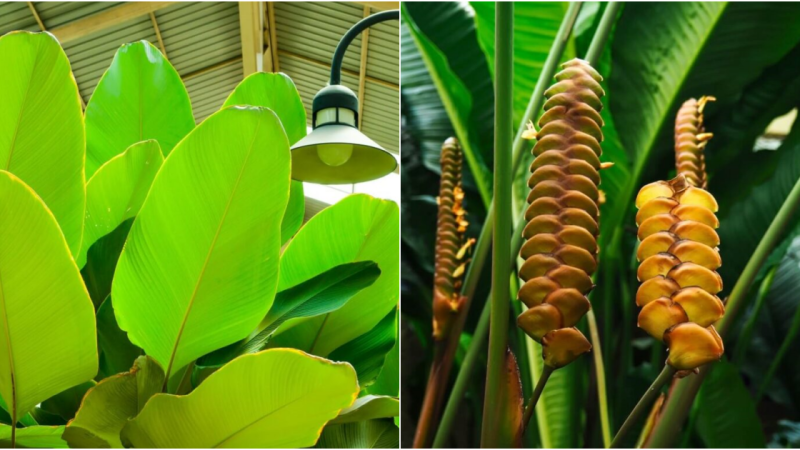The Strict Mistress of Bolam Cottage
The wonderful landscape photographer Andrey Lysikov continues his series of stories about journeys through gardens in Great Britain. This time, the focus is on Bolam Cottage in the northernmost county of England.
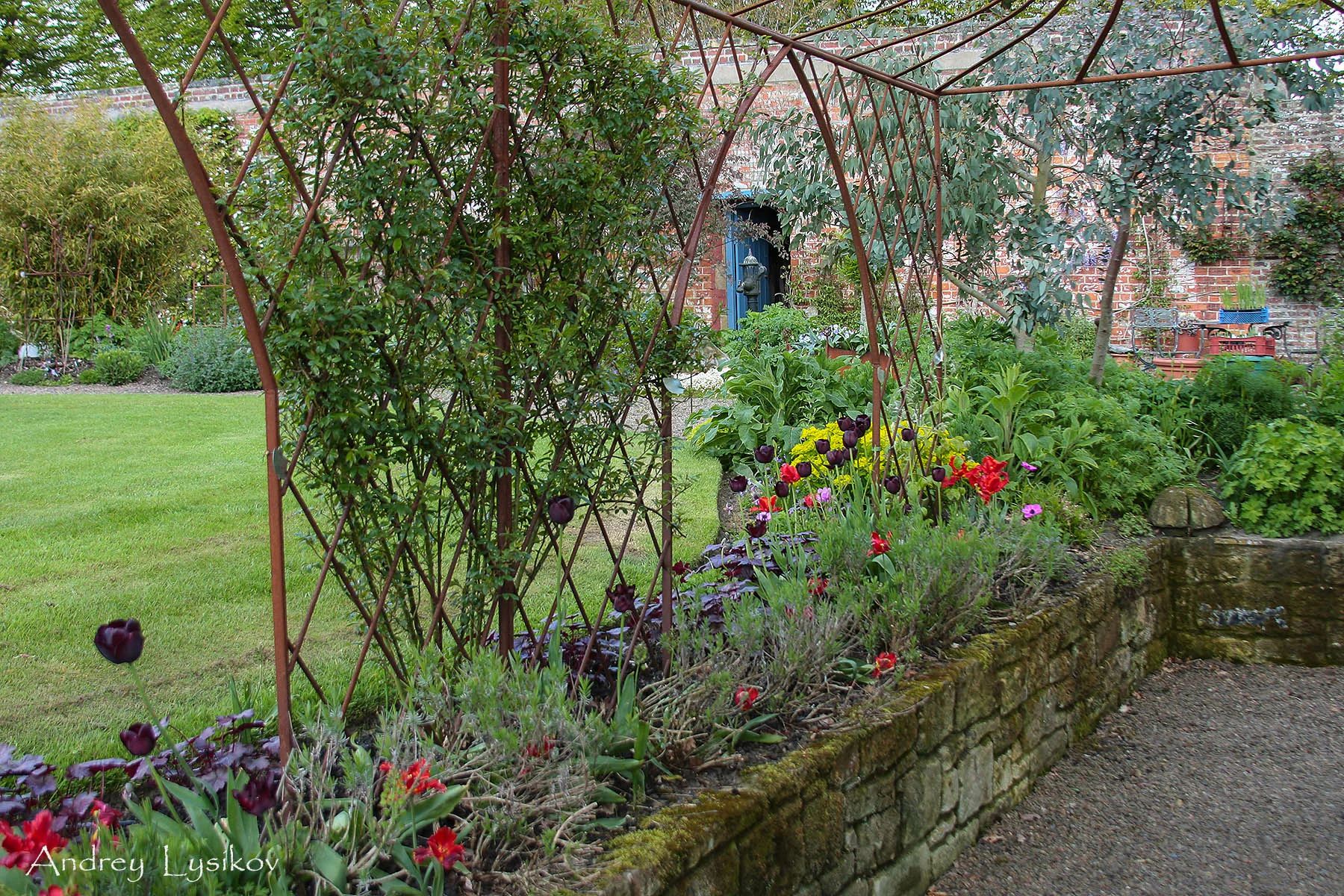
As it sometimes happens during landscape travels through the English countryside, the garden we were looking for, hidden among the green suburbs of Newcastle, was not immediately found. Even though the navigator of the minibus transporting garden tourists for “Profi-Travels” showed that we had reached our destination, no one greeted us in the small house’s parking lot.
But our fears were unfounded. The “strict” mistress, Mrs. Heather Russell, turned out to be a remarkably warm and hospitable woman. Inviting us inside, she proudly and enthusiastically told us about the stages of developing her garden, which emerged literally from scratch about 25 years ago.
In the promotional brochure of this society, her Bolam Cottage is compared to a small garden pearl that, we may add, rests in an elegant green shell of surrounding hills. The Russell’s garden resembles a bright carpet woven with seamlessly transitioning decorative plant compositions in gravel beds, each of which has its own character and creates a unique atmosphere.
The host’s house was built over two hundred years ago on the site of the former village of Bolam. When the current family of owners acquired the house a quarter of a century ago, the garden area was bare rocky soil with heaps of rubbish. Serious work on creating the garden began in the early 90s. The first garden tool, as Mrs. Russell jokingly says, was a bulldozer, which was used to thoroughly clear and plan the area.
The plot, located on the picturesque hills of the northernmost county of England, used to have a fairly flat surface, but with the help of their techniques, the owners carried out an elegant geoplastic operation. At the entrance to the garden, visitors are greeted by a neat front yard with curtains of grasses and tall golden “Aurea” tussocks, ferns, a mound of polyanthus primroses, Potentilla fruticosa ‘Przewalskii,’ hostas, and other perennials growing in groups among fine gravel.
The central part of the garden is designed as a dry gravel stream, largely occupied by plantings of decorative shrubs and perennials. Small retaining walls, terraces, and raised lawn islands can be perceived as rocky banks of this stream, and next to the wall, a wooden podium resembling a river dock is built.
The gravel “stream” flows around several decorative compositions dominated by different plants: purple-leaved Cotinus coggygria, twisted willow ‘Tortuosa,’ Japanese larch, and a dense grove of bamboo.
Two vantage points on the site provide extended vistas along the wall, converging at an arch made of clipped beech, behind which a blue gate can be seen. The use of an arch as a focal point in a garden view is a common design technique, but here the arch is so solid and fitting that it gives weight and significance to the entire garden.
This tree is particularly precious to the owners. It was brought to the garden as a small seedling and has been regularly trimmed, initially with simple pruning shears and recently with an electric hedge trimmer. The hired gardener, climbing a special lightweight ladder, trims the crown once a year, usually in August.
The design of the site incorporates many small architectural elements such as vertical supports and traditional rustic iron containers. There are stone and metal sculptures of animals and birds, as well as numerous planters and intriguing ceramic volumetric figures by artist Denis Kimallon, adding uniqueness to corners of the garden. There is also a magical glass sphere on a tall metal pedestal.
The garden features many climbing plants, planted not only along the wall but also entwining various vertical structures. Among them are climbing roses, hops, honeysuckles, and, of course, clematis and columbines.
Within the Bolam Cottage Garden’s grounds, you can find a secluded Contemplation Garden, which is adorned with decorative plant groupings requiring relatively low maintenance. Old railway sleepers, sometimes entwined with vines, serve as vertical accents in the garden.
To the northwest of the main wall, on the edge of the forest, there is a small meadow where blue camas and white daffodils, the Queen’s favorite flowers, bloom.
I thank Andrey Lysikov for the interesting story and beautiful photographs.
